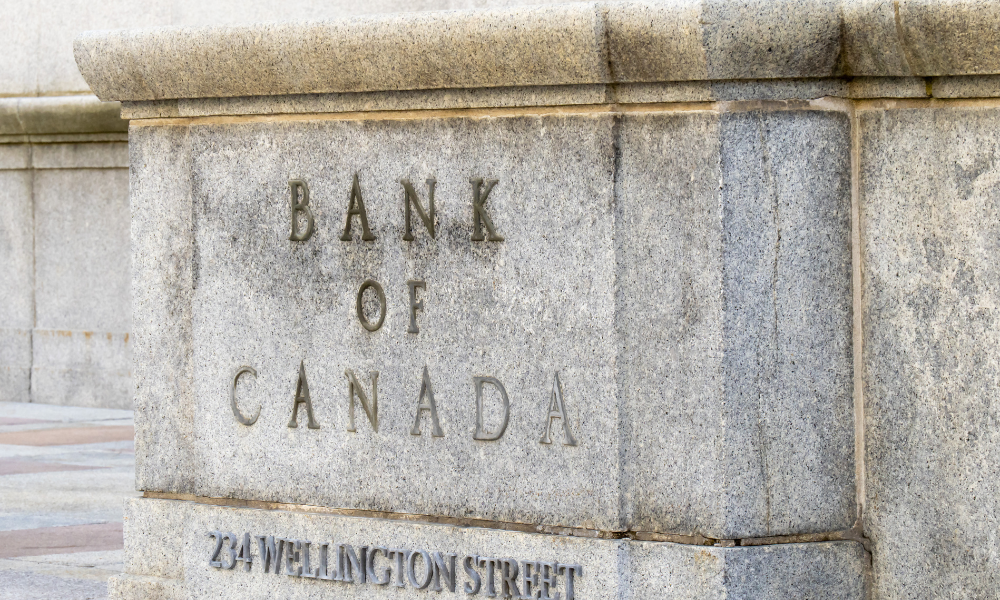BoC has been more successful in lowering inflation than any of its counterparts

Seven economists surveyed by Reuters predict that Canadian inflation, excluding the cost of food and energy, would continue at over 3% until the fourth quarter of this year.
The Bank of Canada may decide to decrease interest rates as soon as possible as a result of this. Lower energy costs have provided relief; nevertheless, the BoC frequently leaves these costs out when deciding on policy.
"We suspect they (BoC) will only start trimming rates when they are convinced underlying inflation trends are set to move below 3%," said Doug Porter, chief economist at BMO Capital Markets.
As pricing pressures migrate from fast-moving to slower-moving items, core inflation measurements, like the Consumer pricing Index, are displaying higher tenacity than the headline rate. If interest rates remain high for an extended length of time, a growing number of Canadians with high debt levels may be forced to refinance at rates that will strain their budgets.
In spite of the fact that the average mortgage cycle in Canada is just five years as opposed to 30 years in the US, during the COVID epidemic, Canadians amassed record levels of mortgage debt.
A Reuters report showed that compared to its major competitors, the BoC has made more success in reducing inflation. It anticipates that by the middle of this year, headline inflation will have decreased from 4.3% in March to reach 3%, the upper limit of its 1%-3% goal range. The BoC has established a 2% target for inflation, but the rise in inflation expectations may make it prudent to hold off on rate cuts.
"Even if inflation expectations come back to 2%, they might not be anywhere near as anchored as they used to be," said Stephen Brown, senior Canada economist at Capital Economics.
The BoC has downplayed the market's expectations for interest rate reductions in 2023 and stated that it is prepared to tighten further if necessary to regain price stability. Investors have taken notice and are placing bets on a prolonged period of stable rates followed by a potential relaxation in the fourth quarter of this year.
On Wednesday, the minutes from the April policy meeting of the BoC are expected to be made public. After raising it to a 15-year high of 4.50%, the central bank has held the benchmark interest rate steady for two consecutive sessions.
Although such rate increases have raised the cost of borrowing for mortgages, their primary objective is to slow the economy.
"We really do need to see at least a further sharp slowdown in GDP growth, if not at least one quarter of negative growth, for the bank to have confidence that inflation won't start rising again if it were to cut rates," Brown said.



